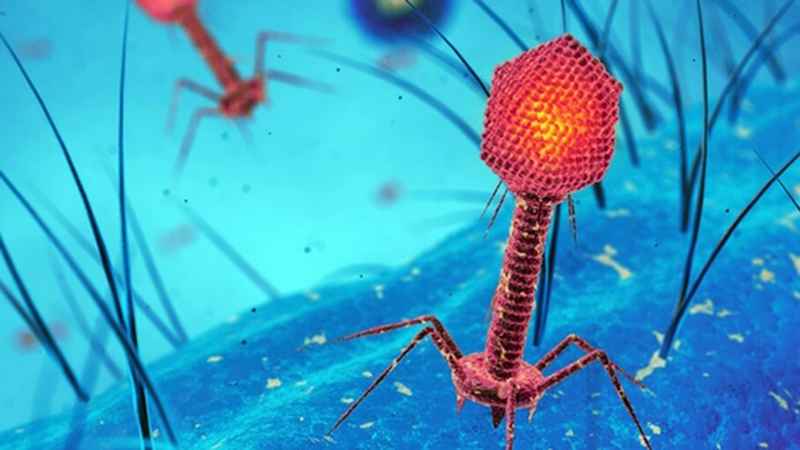As promised, it's time for the final splashdown in the battle of bottled vs. tap water. When we left off last episode, bottled water had staged a miraculous comeback thanks to Nike, yuppies, and Orson Welles. Today, it's America's favorite liquid refreshment: we buy more bottled water by volume than any other packaged beverage, even though you can get its less glamorous cousin, tap, delivered directly to your home for mere pennies. So, is bottled water somehow better than tap? Is it safer, or even just nicer tasting? This episode, we dive into the science behind the taste of water (spoiler: it has to do with spit) and explore the fine art of bottled water appreciation, before sharing the secret to making your own DIY Pellegrino. Meanwhile, we've all heard the water horror story unfolding in Flint, Michigan: should we be worried about lead or other chemicals in our tap water—or in the bottles on grocery store shelves? All that, plus our very own water taste test, as we declare the ultimate victor in this war of the waters.
…More
